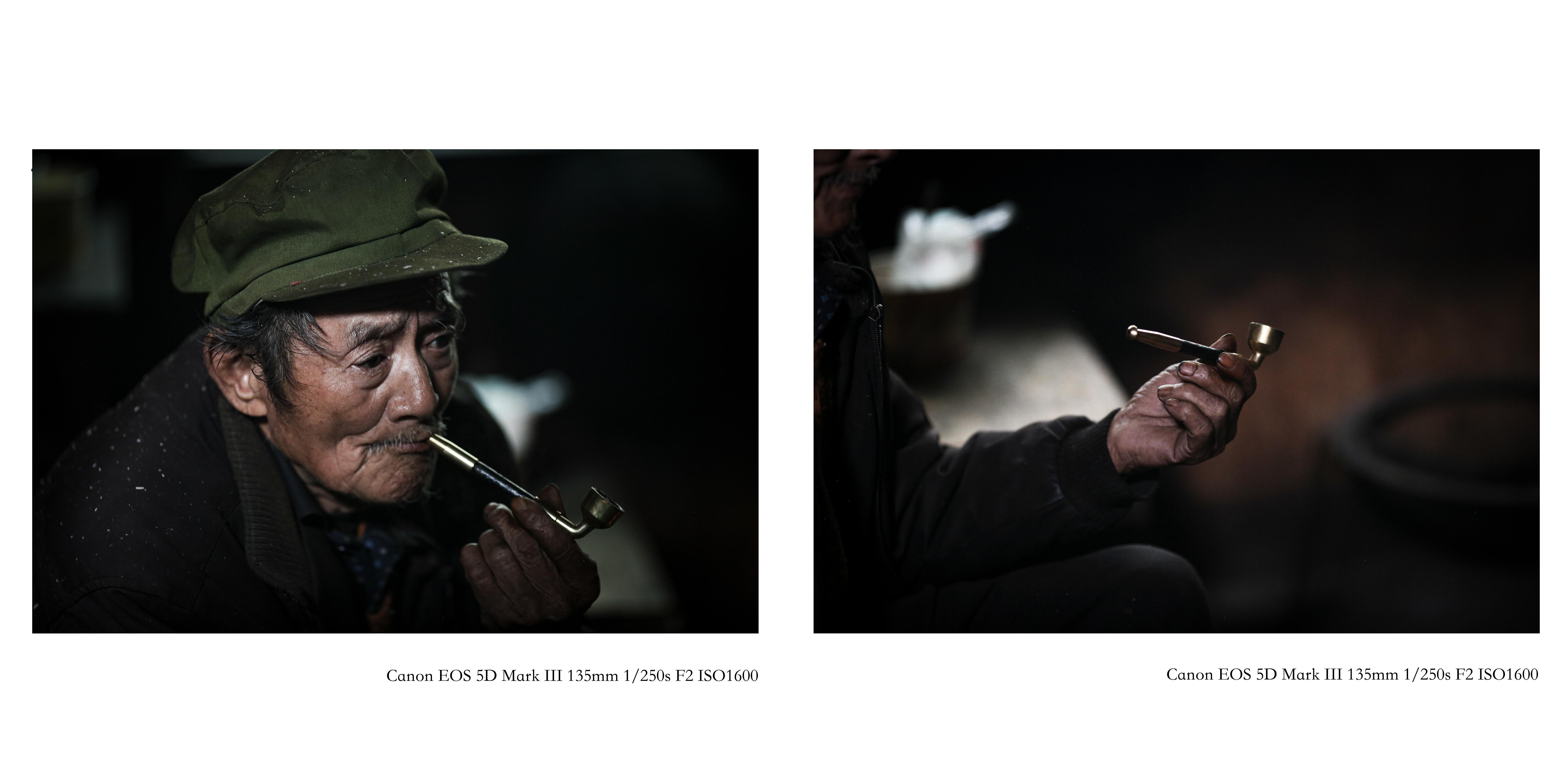PHOTOGRAPHY PORTFOLIO
Andre Song N叫iang Memories


PROLOGUE

When I started middle school in the United States, I began seeing churches more often than ever before. This opened a window for me to learn more about Western religion. There’s a small church just across the road from my school, and we would visit it every month for various activities. Later on, I learned something surprising: near China’s southwestern border, there’s a region where Catholicism once flourished and continues to thrive even today. That place is the Nujiang area, where the Nu River, Dulong River, and Lancang River weave their way through miles of towering mountains. It ’ s home to several ethnic minority groups-the Lisu, Nu, and Dulong people and it ’ s a place where religion and culture are tightly bound together.
I did some research out of c旧iosity for the area and learned that the spread of Catholicism in Nuiiang began in the late 19th and early 20th centuries, in仕oduced mainly by French missionaries. One of the most well也1own was James Ou甘am Fraser (1886-1938). Though he wasn’t the first to arrive, his name still carries weight in the region’s history. The missionaries brought not just religion but also hope and a sense of peace to these remote, poverty-stricken villages.

Over time, they established dozens of Catholic churches deep in the mountains. They opened schools to teach children literacy and Catholic doctrine, and they set up basic clinics to treat diseases like malaria and assist with childbirth. In order to spread their faith, they even helped the Lisu people develop the Old Lisu Script using the Latin alphabet一-one of the earliest written forms of their language. Slowly, the missionaries gained the respect of the local ethnic groups, and Catholicism became deeply woven into village life.
Today, many of these churches are still standing. Some of the villagers continue to practice Catholicismjust as the previous generations did. During the Christmas holidays last year, my curiosity and a sense of adventure led me to 位avel to Nuiiang with my camera, hoping to document the unique interplay of religion and culture exchange in China ’ s southwestern frontier.






























